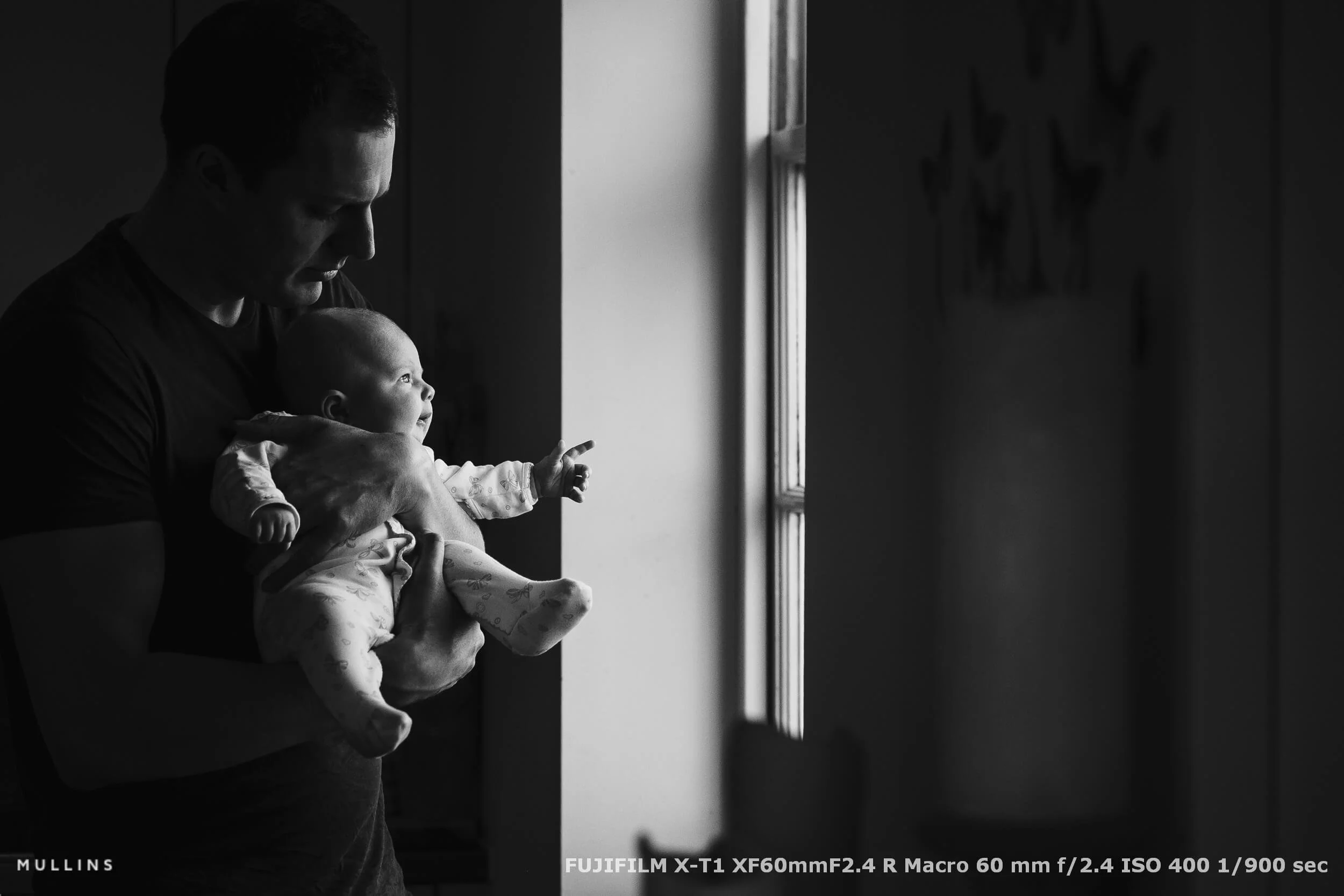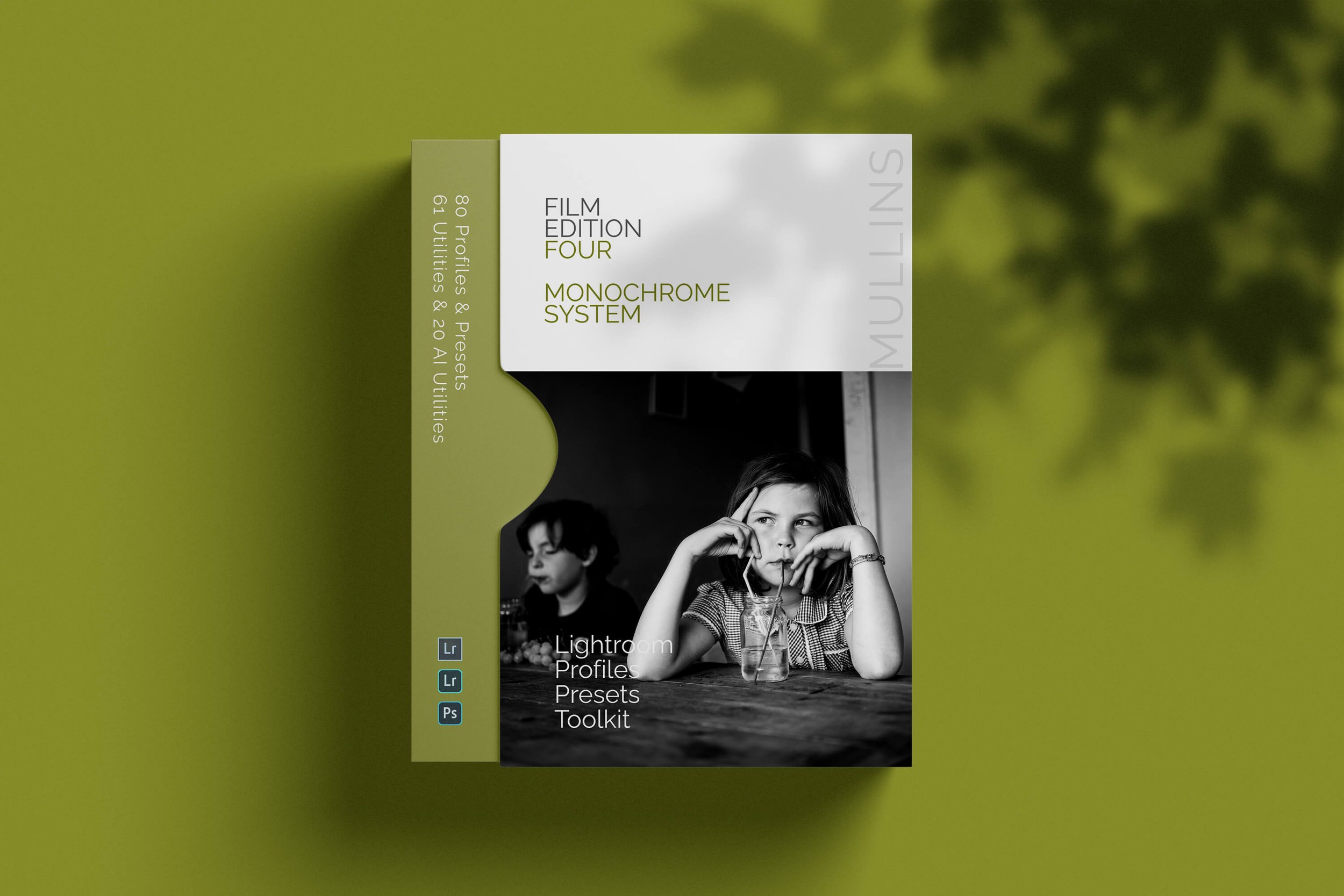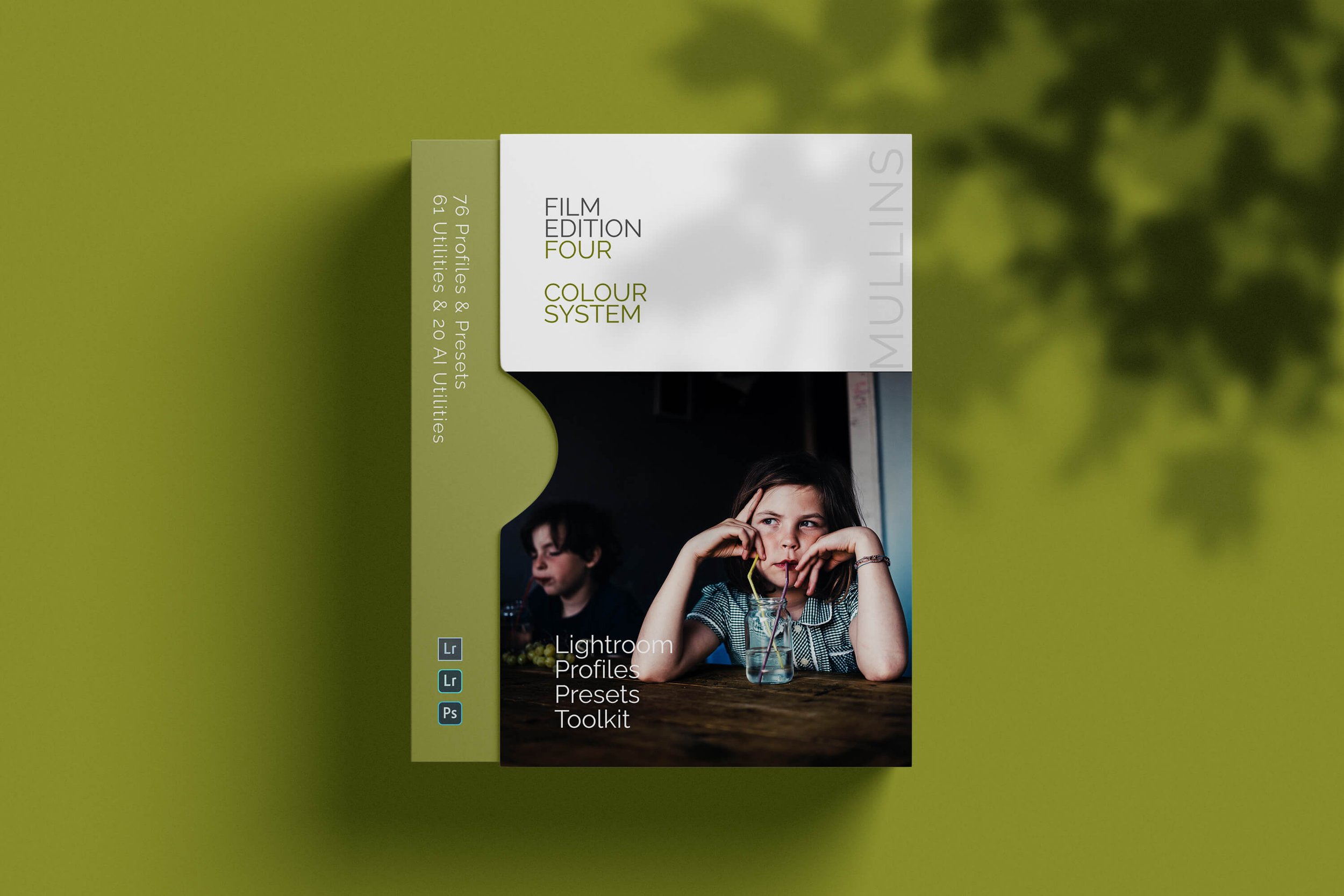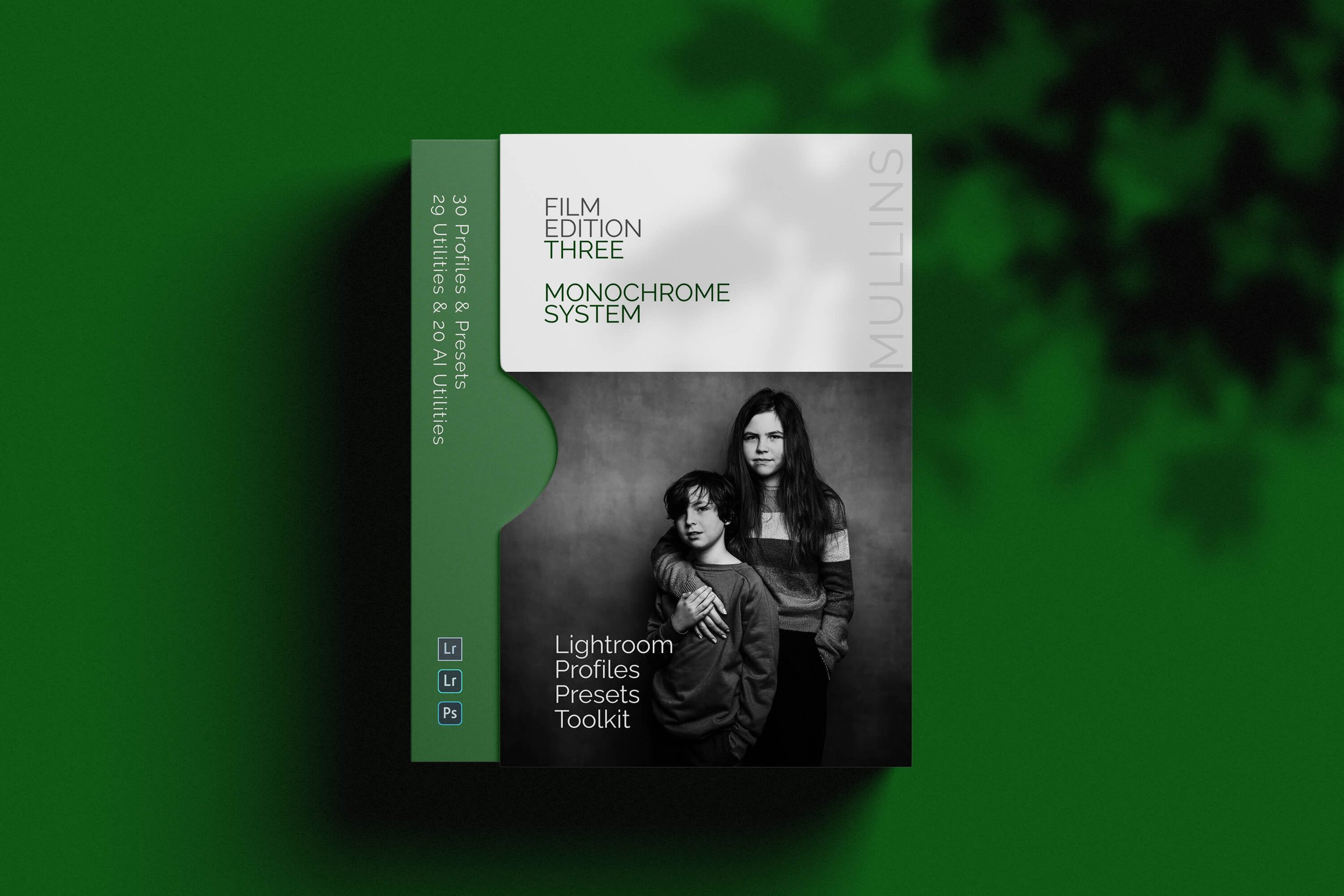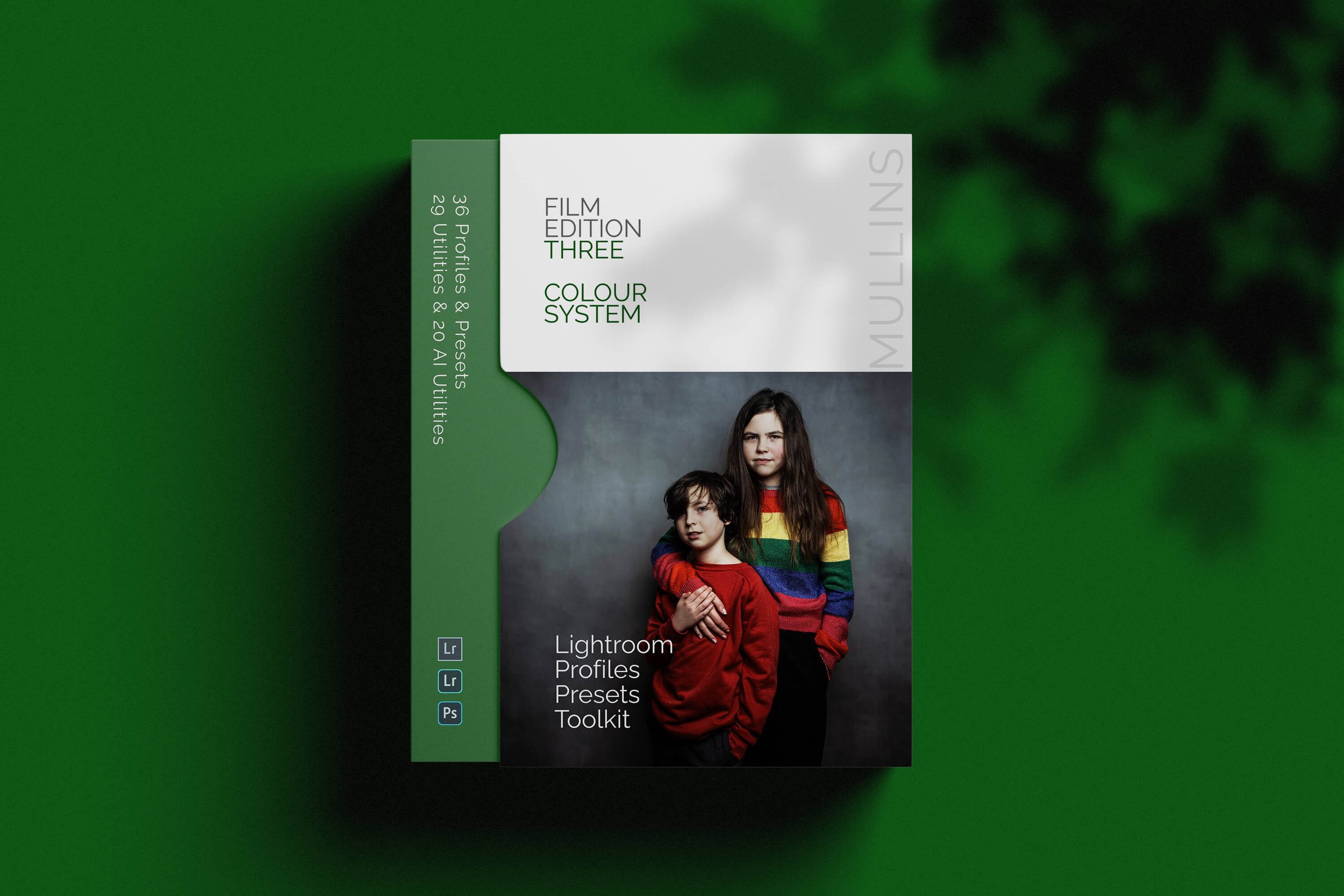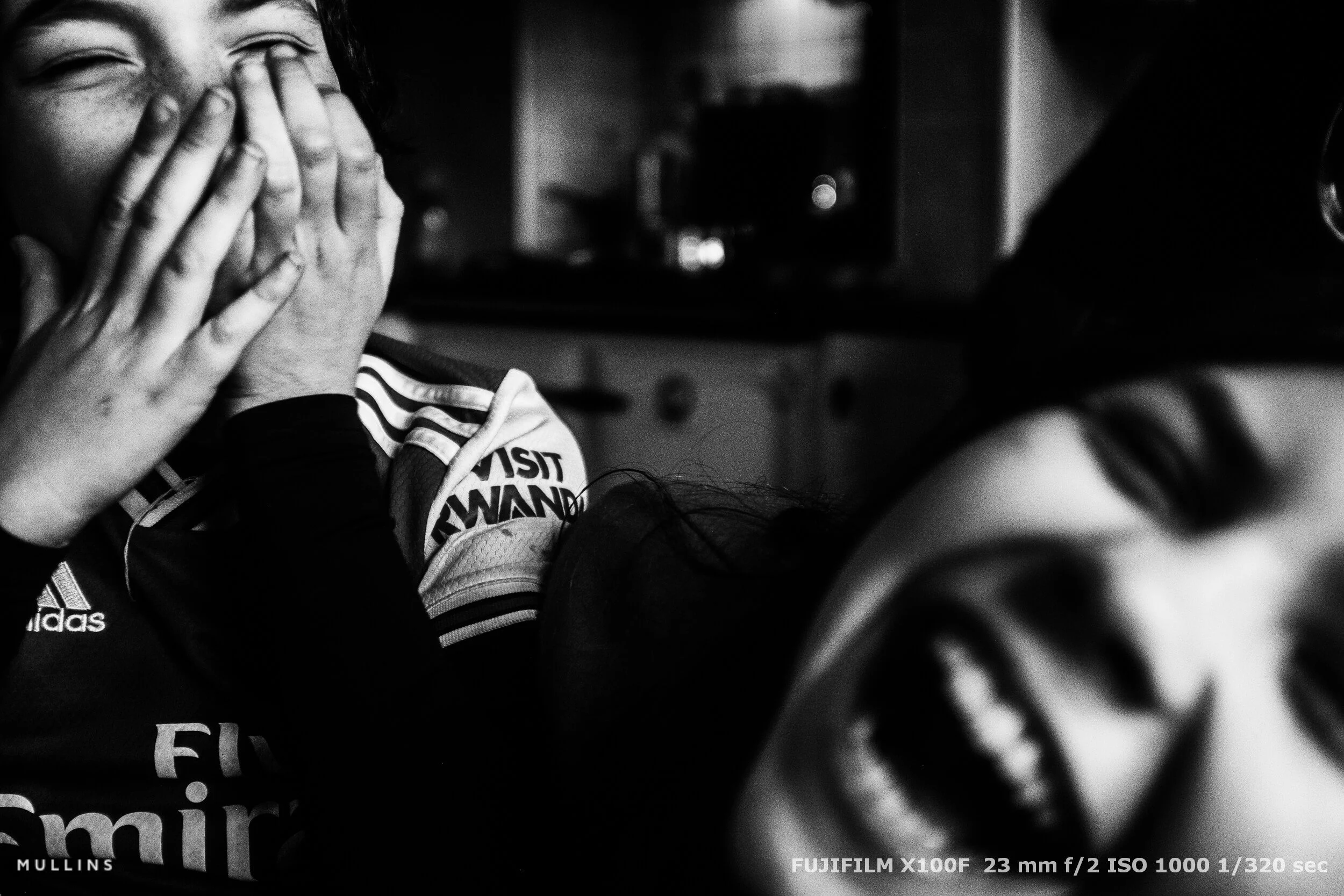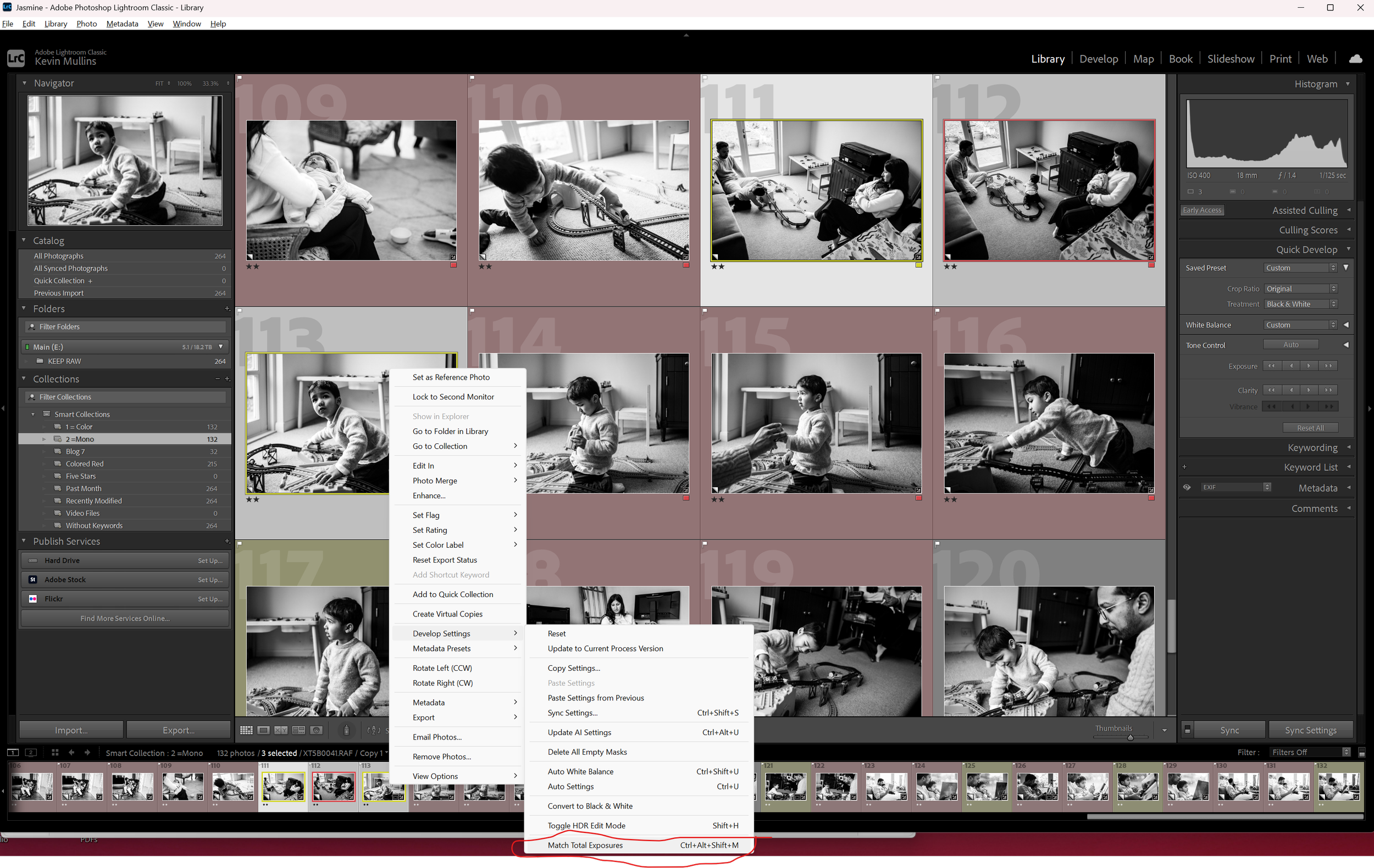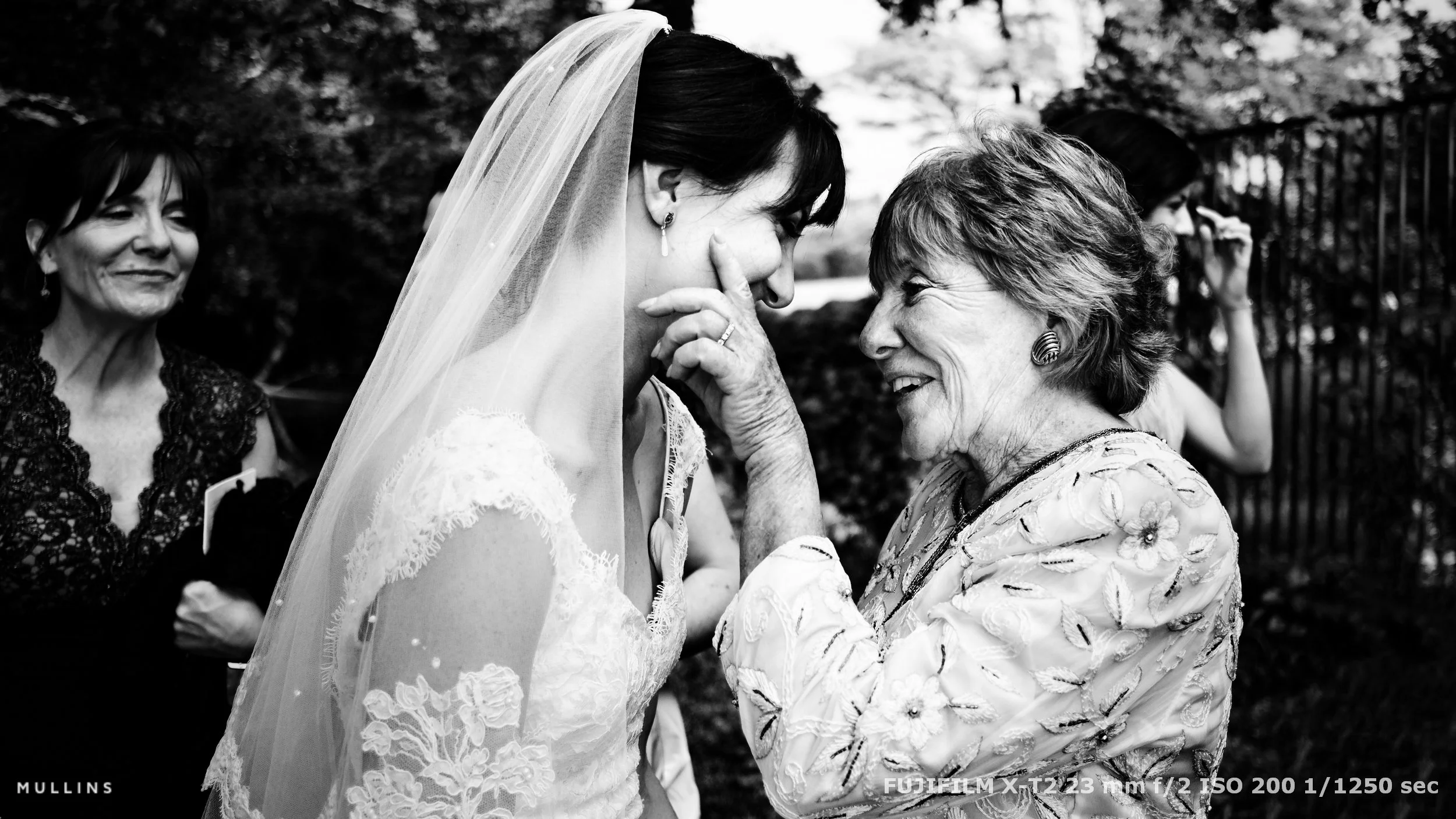Why I’m Drawn to Documentary Photography
I’ve always been fascinated by what happens when no one’s looking—or rather, when they forget that someone is.
That’s the essence of documentary photography for me. Whether it’s at a wedding, on a street corner, in someone’s home, or just during a quiet moment with family, I’m drawn to that split second when something real unfolds. Unrehearsed. Undirected. Human.
This post is a bit of a deep dive. A sort of love letter to documentary photography, across the different areas I work in, and have worked in, for many years now. I’ll talk through what drives this passion, what I’ve learned by watching people through a lens, and, if you’re into this kind of photography yourself, I’ll share some tips that might help sharpen your own approach.
Not everyone gets this style. Some call it raw or messy, but that’s kind of the point.
It’s honest. And maybe that’s why it sticks with me.
What Is Documentary Photography?
It gets thrown around a lot - documentary style, candid moments, authentic storytelling. But what does it actually mean?
According to Wikipedia: “Documentary photography usually refers to a popular form of photography used to chronicle events or environments both significant and relevant to history and historical events as well as everyday life. It is typically undertaken as professional photojournalism, or real life reportage, but it may also be an amateur, artistic, or academic pursuit. Social documentary photography aims to draw the public's attention to social issues or to the life of underprivileged people.”
I suppose, at its core, documentary photography is about observation rather than orchestration. It’s rooted in truth, even if that truth is layered, chaotic, or hard to explain.
You’re not creating a scene, you’re witnessing it. Responding to it.
And I suppose that’s why I never quite grew out of it. It’s challenging. It forces you to stay switched on, always looking for that intersection of light, composition, and moment. Not in a technical way, necessarily, but in a way that feels right in your gut.
Wedding Photography – Capturing the Unstaged
For over fifteen years, I photographed weddings in a purely documentary style. No staging. No fake laughs. No repeated kisses under trees.
There’s something incredibly moving about being given full access to someone’s wedding day and quietly shaping a story out of everything that unfolds, without ever taking the wheel.
What always struck me was how often the best photographs were the ones you’d never plan for. A look between a parent and their child just before the ceremony. Someone quietly breaking down in the kitchen. A moment of absolute chaos during the drinks reception that tells you more about the couple’s friendship group than any posed shot ever could.
This style is not about perfection. It’s about presence.
Over time, I realised that this approach builds trust. Couples begin the day nervous about the camera, but by the evening, they’ve forgotten it’s even there.
That’s when the real story unfolds.
The photos aren’t just about the couple, either. They’re about the people around them, the little connections, the untold backstories you can only spot if you’re really paying attention.
If you want more advice on this, take a look at my Wedding Photography Tips, or my Online Wedding Photography Course.
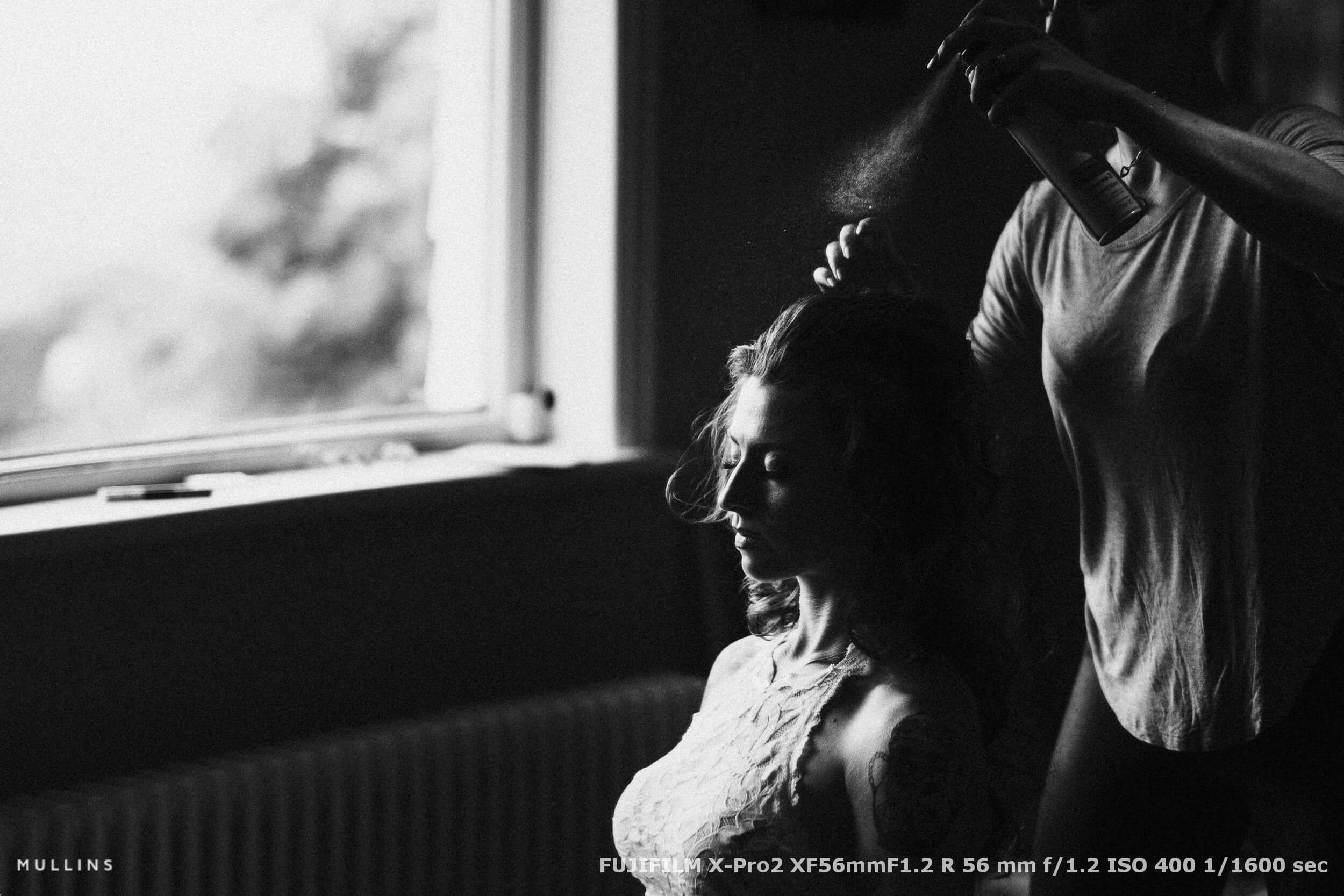



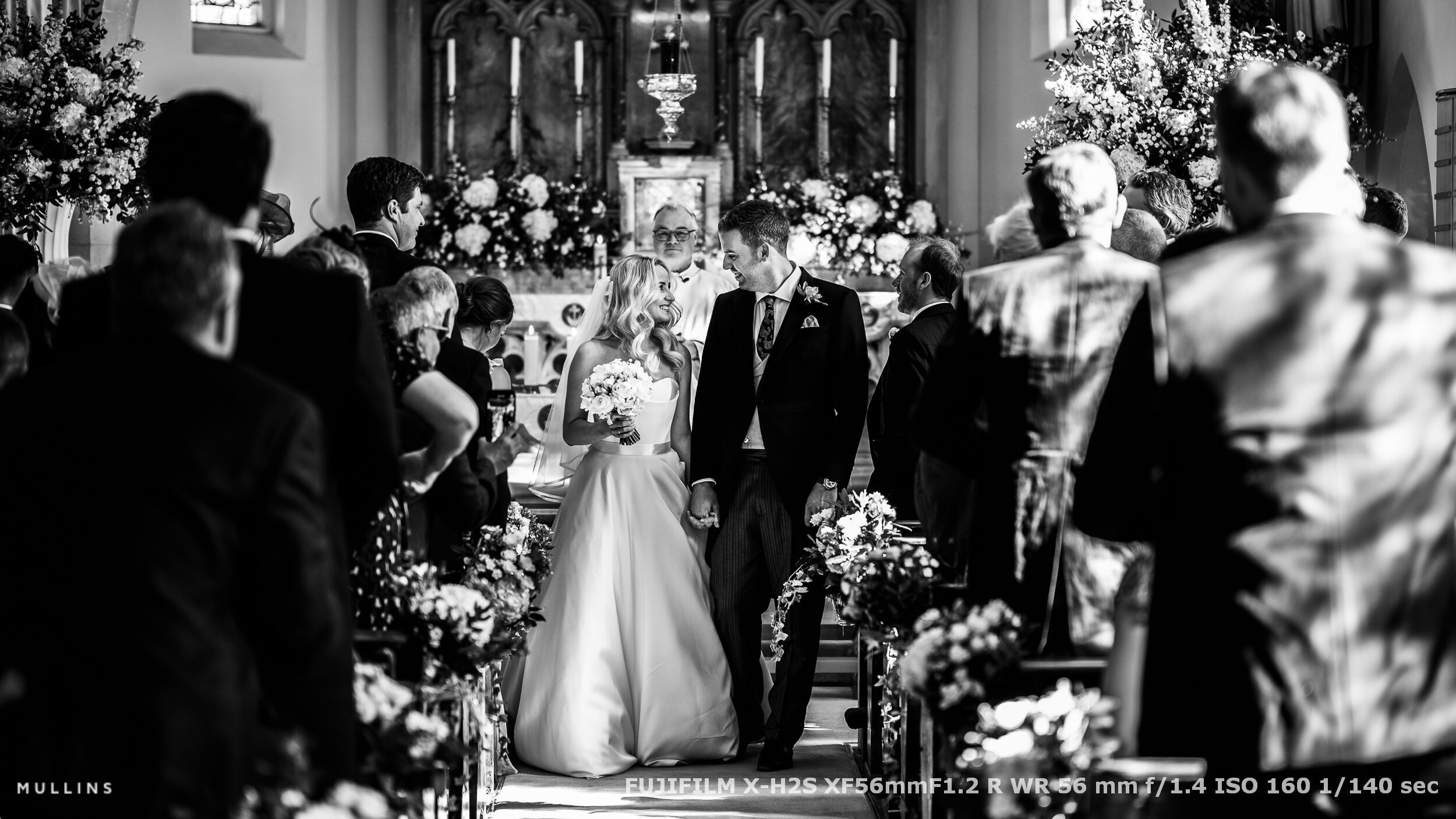
A Documentary Wedding Photography Film
Above, you’ll find a selection of stills from various weddings - quiet moments, bursts of laughter, family connections, and all those unscripted in-betweens I’m always drawn to.
And just below is a short photofilm. It focuses on one particular wedding, but it speaks more broadly about how I approach this kind of work. It’s not a highlight reel — it’s more about storytelling. Real people, real light, real emotion.
Whether you watch the film or browse the photographs (or both), perhaps take a moment to notice how light, composition, and timing guide the eye.
And if anything lingers after you’ve looked, I hope it’s that sense that a photograph doesn’t have to be “good”… it just needs to be important.
If you're a wedding photographer wanting to explore this kind of storytelling approach more deeply, I’ve created an online course that goes into all of this, and more.
It’s called The Art of Documentary Wedding Photography and it’s based on everything I’ve learned from 800 weddings, most of them shot in exactly this way: unposed, observational, grounded in real moments.
I cover mindset, real examples, practical approaches, and what to watch out for when you’re photographing people without interfering.
In this comprehensive online course, you get over 7 hours of practical documentary wedding training with lifetime access, no matter which payment option you choose. Learn how to use light, composition and human behaviour to tell honest, story-led wedding narratives with confidence, drawing on real-world lessons from 800+ weddings, practical advice, personal insights and a recorded live Q&A. Enrol once, and keep coming back to rewatch chapters, refresh ideas and refine your own approach.
Street Photography – Everyday Theatre
Street photography, for me, is like a sketchbook. It’s where I go to practice. Not just technically, but observationally.
It sharpens your eye. Trains you to anticipate. You start to recognise the rhythm of a street, the way people interact with their environment, the visual echoes and contradictions.
I never go out looking for a "great" photo. Usually, I go out with a theme in mind. Sometimes I come back with nothing. Other times, I get one frame that stays with me for weeks. And that’s enough.
It’s in this genre, especially, that I remind myself:
“A photograph doesn’t have to be good, it just needs to be important. ”
If it meant something to you at the time, if you noticed it and paused, then that's valid. That’s worth something.
There’s a quiet joy in finding the unusual in the ordinary. I’ve photographed strangers napping on benches, the shadows of pigeons across market stalls, or the reflections of someone deep in thought on a bus window. These aren’t big moments, but they’re true. And they speak volumes.
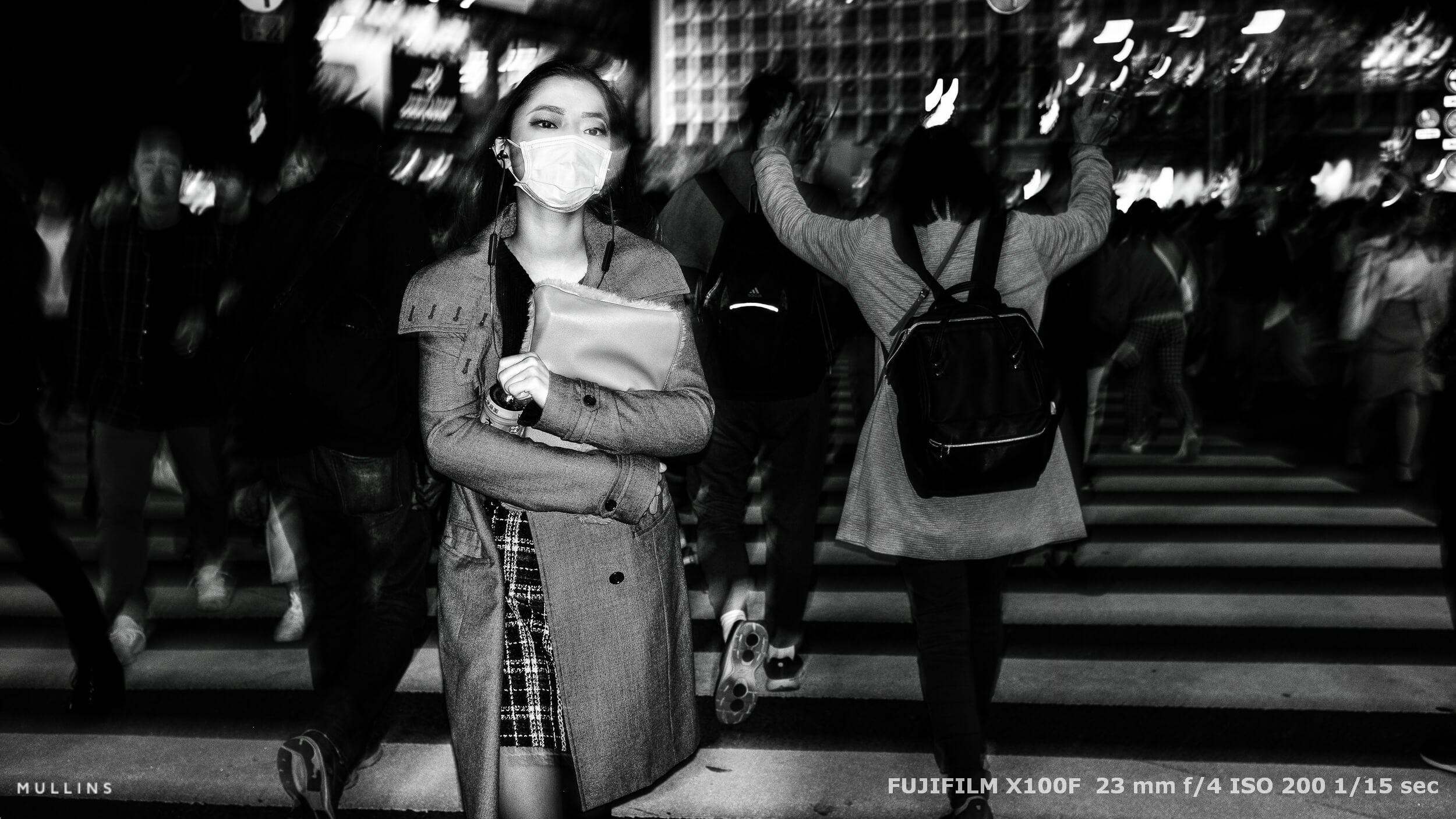




Street Photography – Being British
The stills above are from different days, different places - fragments of street life as I’ve experienced it over the years. Quiet gestures, humour, fleeting expressions… all the things you only catch if you’re paying attention.
The video below is a little different. It’s a short photofilm called Being British, made entirely from one day in Weston-super-Mare. A personal piece, really. It’s not about one moment, it’s about mood, behaviour, the way people carry themselves. That sense of Britishness you feel but can’t quite explain.
As you watch, look out for the repetition of forms, the interactions, the stillness in between movement. It’s all about observing, not judging. Telling a story without a script.
Family Photography – Real Life, As It Happens
When I photograph families, I’m not after the "everyone look at the camera and smile" moment.
I’m far more interested in what’s happening just before that, or just after. When the toddler is face-planting into the dog, or the teenager’s rolling their eyes, or a grandparent is sat quietly in the corner with a cup of tea, lost in thought.
Those moments are what life actually looks like. Messy, touching, funny, fleeting.
If I can give a family an image that they didn’t even realise they needed—something that feels like them—then that’s the real reward.
I often tell parents not to tidy up too much before I arrive. Don’t dress everyone in white. Let the kids be themselves. Let the house look lived-in.
It’s those imperfections that make the photos meaningful.
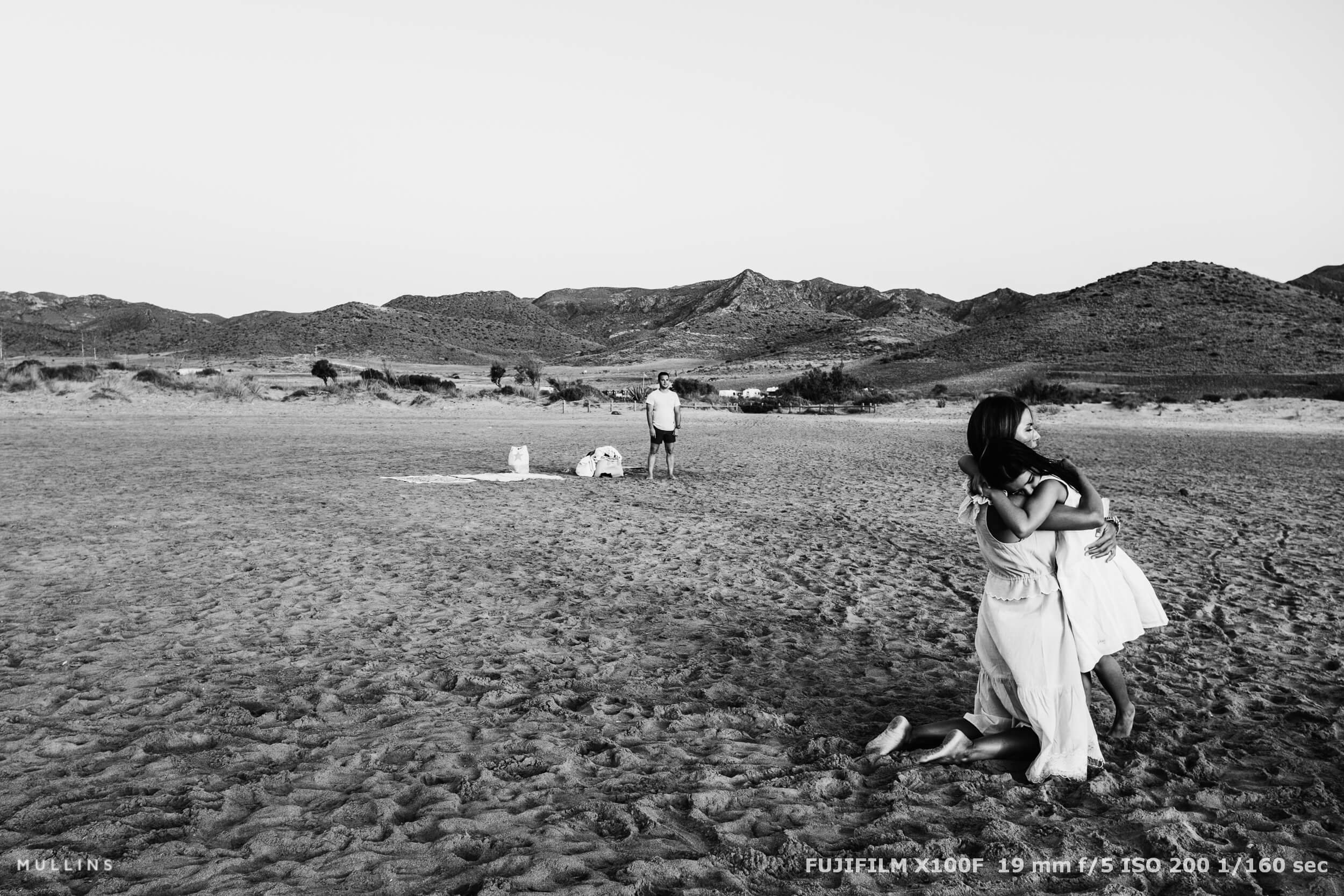
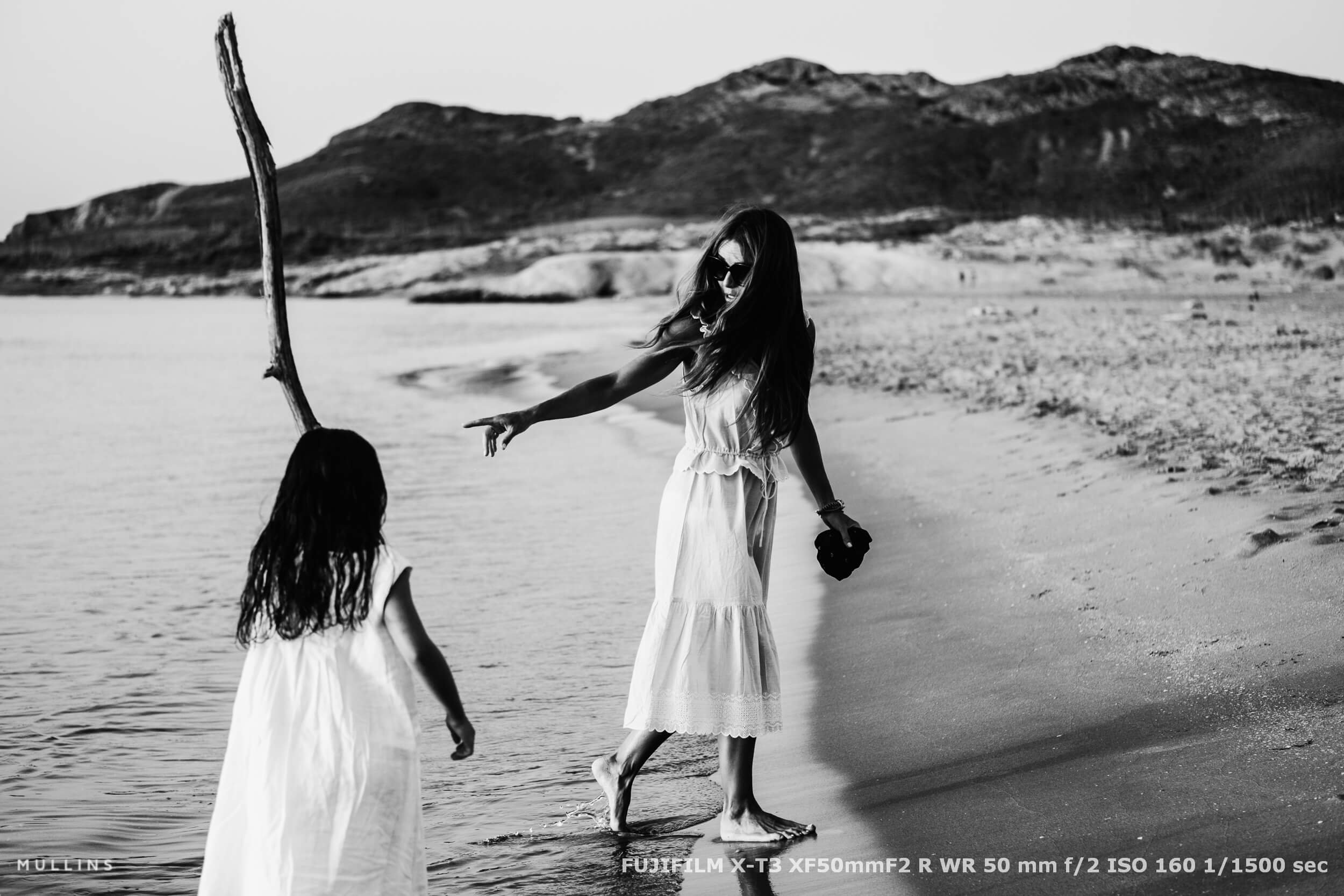
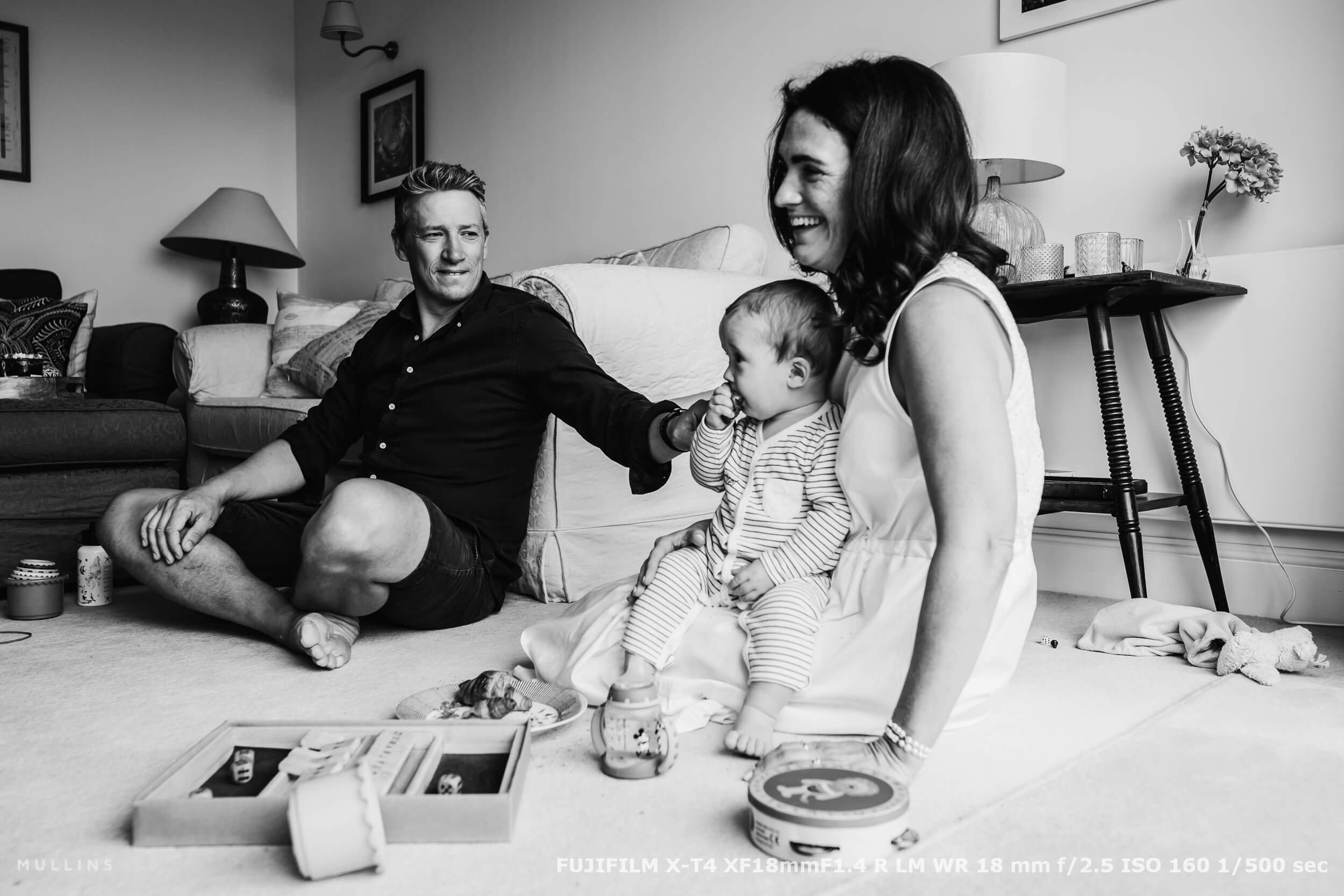

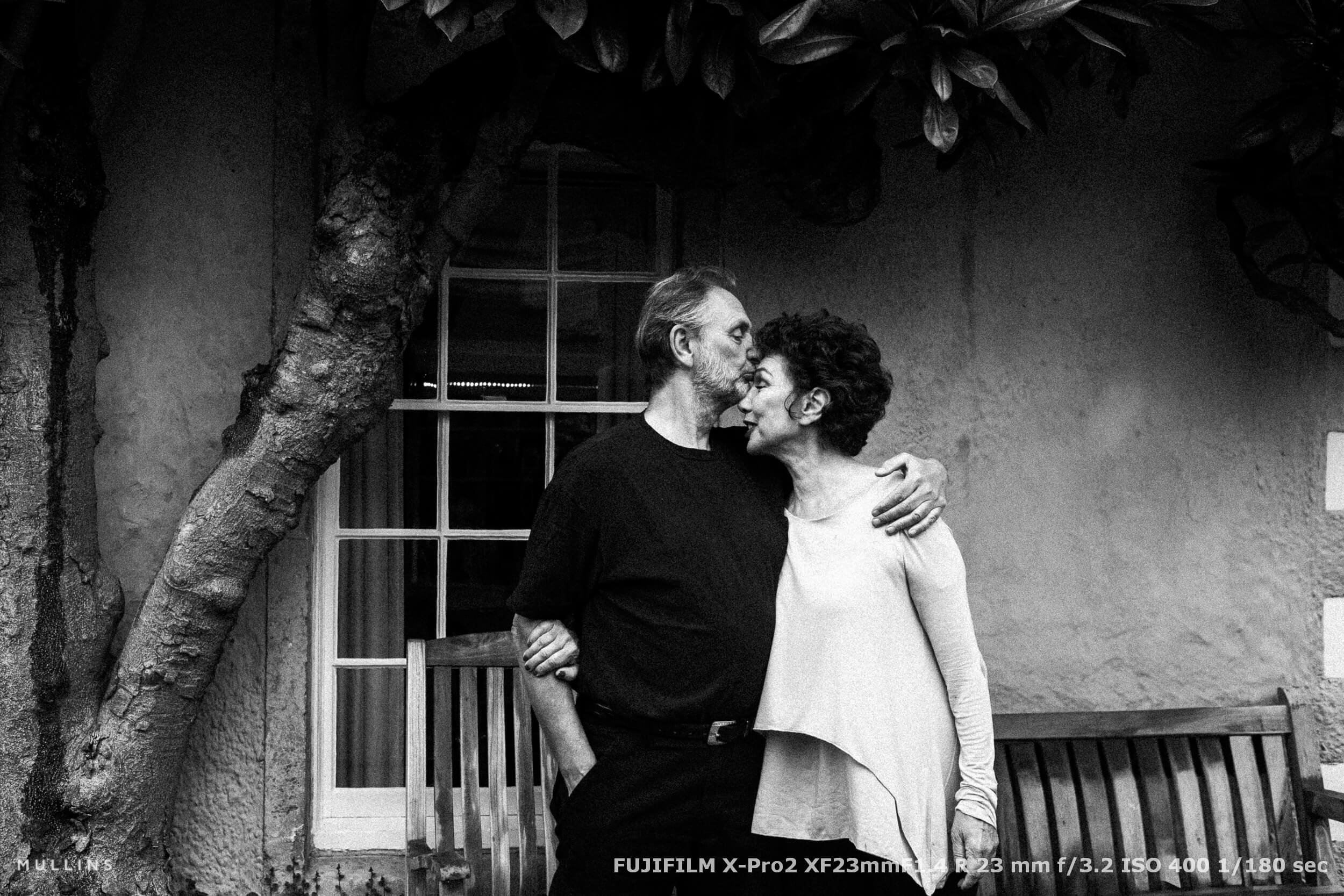
Family Photography – A Day in the Life
The stills above show slices of real family life, unposed, often imperfect, but full of heart. That’s the kind of work I’m drawn to. Moments that aren’t planned, but stay with you.
Below is a short film from a ‘Day in the Life’ shoot. The story centres around a caesarean birth — and more specifically, the moment a big sister met her baby brother for the very first time. It’s tender, a bit chaotic in places, and entirely real.
Watch it with the message of this post in mind: a photograph doesn’t need to be good to matter — it just needs to be important. This is that idea, brought to life.
A Note on the Editing of All These Photos
If you’re curious about how I edit these images, especially the tones, softness, or monochrome looks. I use my own set of Lightroom presets and profiles.
They’re not just slider packs. They’re built from the ground up using custom camera profiles, designed to keep the natural look intact while giving a subtle, filmic feel.
You can see those looks throughout the stills on this page.
Personal Work – Photographing Without Purpose
I think it’s important to shoot for yourself, without the expectation of showing anyone, or making money, or proving anything.
Some of my personal work is quiet. Often it’s a bit scrappy. It lives on hard drives or in little folders I revisit from time to time, in books I produce for the family and in frames on the wall in our home. But it keeps me connected to why I picked up a camera in the first place.
This is where I experiment. Where I let go of what a photo is supposed to be and focus instead on what it felt like to take it.
Sometimes I spend an hour at home, photographing how the light falls across a chair. It’s not about results. It’s about staying connected to the act of seeing.

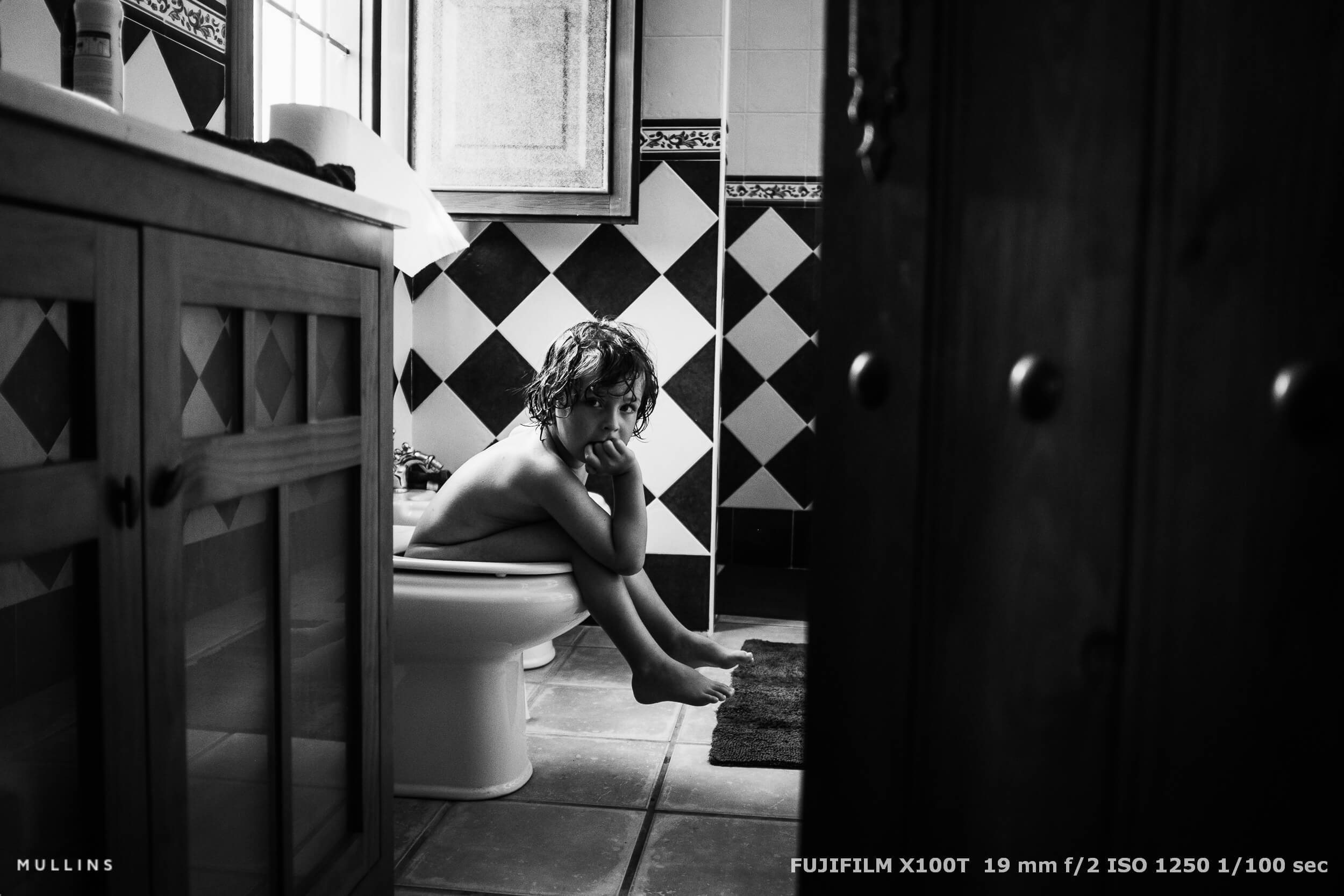


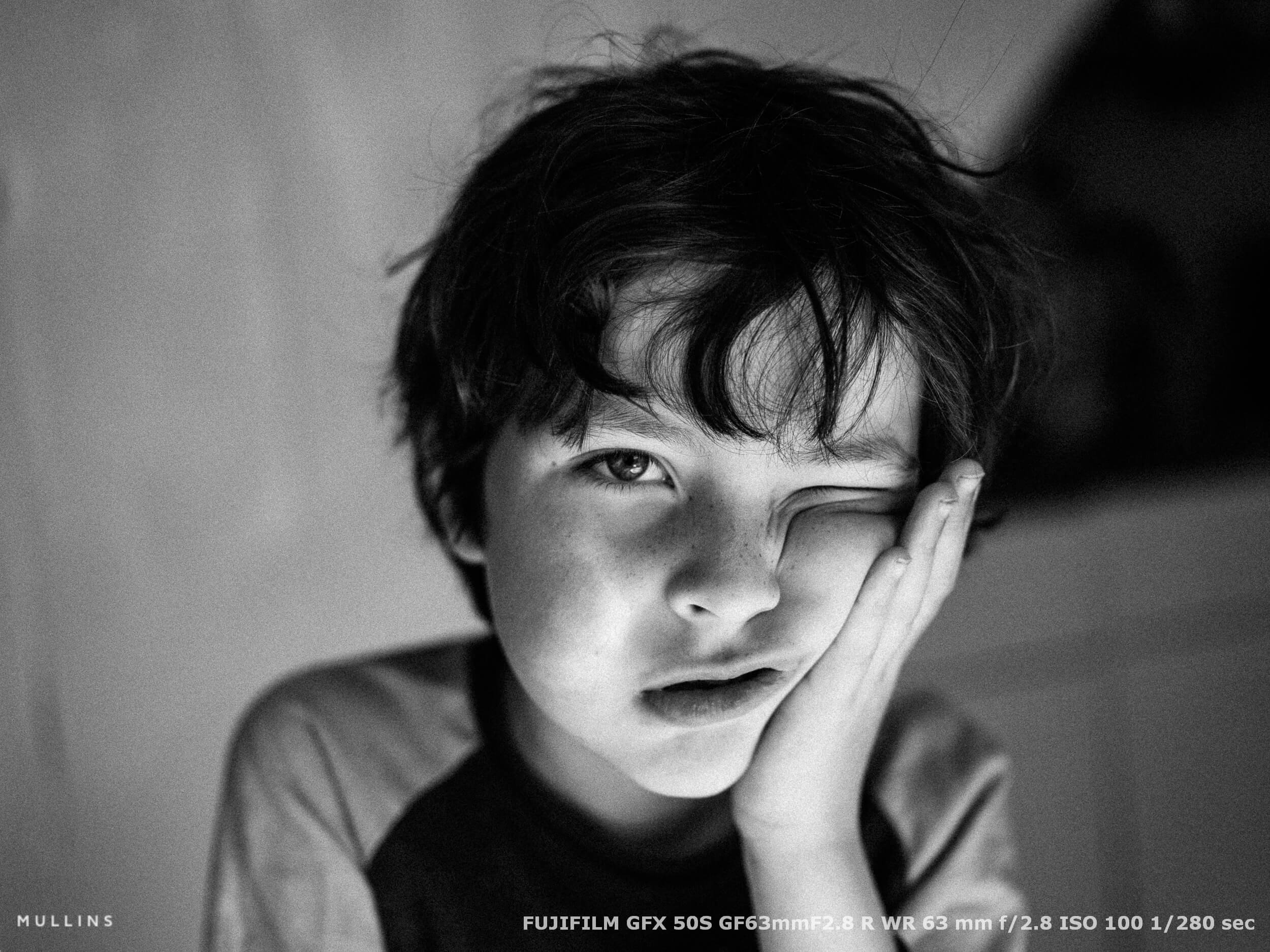
Personal Work – Just for Us
The stills above are from my own life. My family. They’re not made for a client, or even really for sharing, but I’ve included them here because this, to me, is the purest form of documentary photography.
Below is a photofilm I put together back in 2015. The edit is a little different to how I might do things now, but it still captures what mattered.
A few ordinary days stitched together into something quietly meaningful.
I make these regularly for my wife. She cries every time. That, I think, tells me I’m doing something right.
Tips for Shooting in a Documentary Style
If you’re drawn to candid, observational photography - whether at weddings, in the street, or closer to home—here are a few thoughts that might help:
Light, Composition, and Moment: That’s always my starting point. The light gives the photograph structure. The composition gives it clarity. The moment gives it meaning.
You want all three, but if one has to fall short, let it be the composition.Learn to See, Not Just Look: Observing takes time. It’s not passive. Pay attention to body language, repetition, light falling in patterns, or gestures that hint at something deeper.
Don’t Overshoot Emotional Moments: This is a mistake I used to make. If someone’s in tears, you don’t need 45 frames of it. You’ll miss the subtlety if you force the moment.
Be Comfortable Being Unnoticed: The best moments come when people forget you’re there. That means moving quietly, not hovering too long, and avoiding any sort of presence that might influence a scene.
Accept Imperfection: Not every shot will be sharp. Not every frame will be beautifully composed. That’s fine. Some of the most important images are flawed. But they say something.
Don’t Chase Viral: Shoot for yourself. If you start aiming for social media attention, your work might become a bit hollow. Let story lead the way.
Frequently Asked Questions
-
Documentary photography is about observing and capturing real-life moments without directing or interfering. It’s rooted in honesty—photographing things as they happen.
-
They’re closely related. Candid photography is part of documentary photography, but documentary work often involves more storytelling and context, rather than just spontaneous moments.
-
It depends on the situation, but generally, you want to be ready. I use aperture priority or P-Mode, fast shutter speeds, and rely on muscle memory. The key is knowing your camera so well you barely need to think about it.
-
I prefer natural light, even if it’s low. It keeps the mood real. I think adding flash can change the dynamic and draw attention to the photographer—so I avoid it.
-
Practice. Do a lot of people watching. Go out with your camera regularly and give yourself exercises—like only photographing people walking alone, or hands, or reflections. You'll start to notice things more instinctively.
-
Absolutely. That’s how I’ve made my living. Clients come to me because they don’t want posed or staged shots—they want to remember how the day felt, not just how it looked.
Final Thoughts
I don’t think I ever set out to be a documentary photographer, not in any official sense. I just found myself drawn to things that felt real. Human. Undone.
Over the years, whether I’ve been photographing weddings, families, strangers on the street or quiet moments in my own life, that same drive keeps coming back—tell the story, but don’t interfere with it.
If that’s a mindset that speaks to you, then I’d say trust it. There’s something powerful about learning to watch without interrupting. And there’s value in the ordinary, even when it doesn’t shout for your attention.
Summary – Shooting Documentary Style
If you’ve made it this far and want a quick reminder of what matters most in documentary photography, here’s a boiled-down list:
Focus on light, composition, and moment – all three matter, but the moment matters most
Let go of perfection – slightly messy frames often feel more human
Stay quiet and patient – don’t force a scene
Don’t overshoot emotional moments – one honest frame is stronger than 50 polite ones
Shoot for meaning, not likes – if it felt important to you, that’s reason enough
Learn to see – this is observational photography, not performative
And remember: “A photograph doesn’t have to be good. It just needs to be important.”





